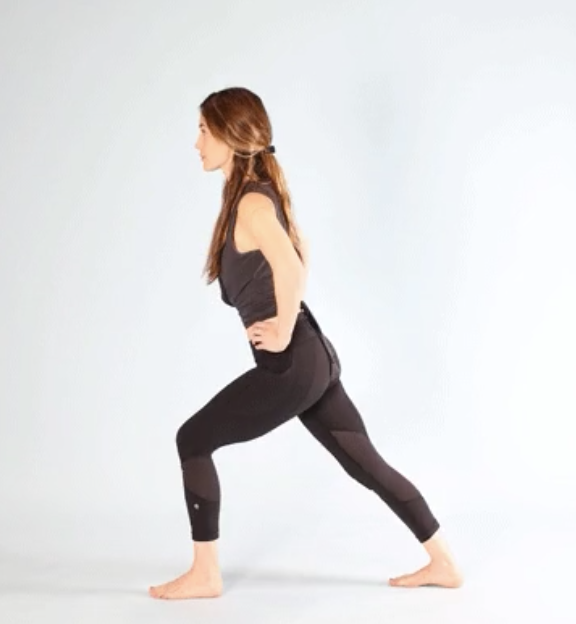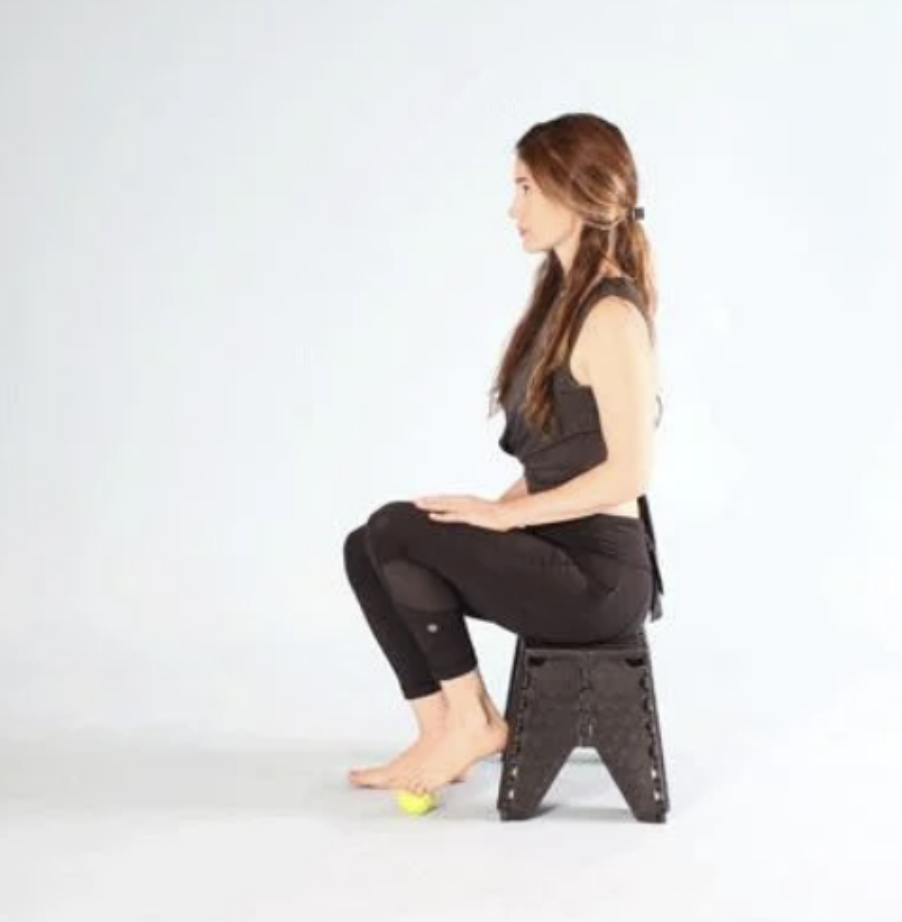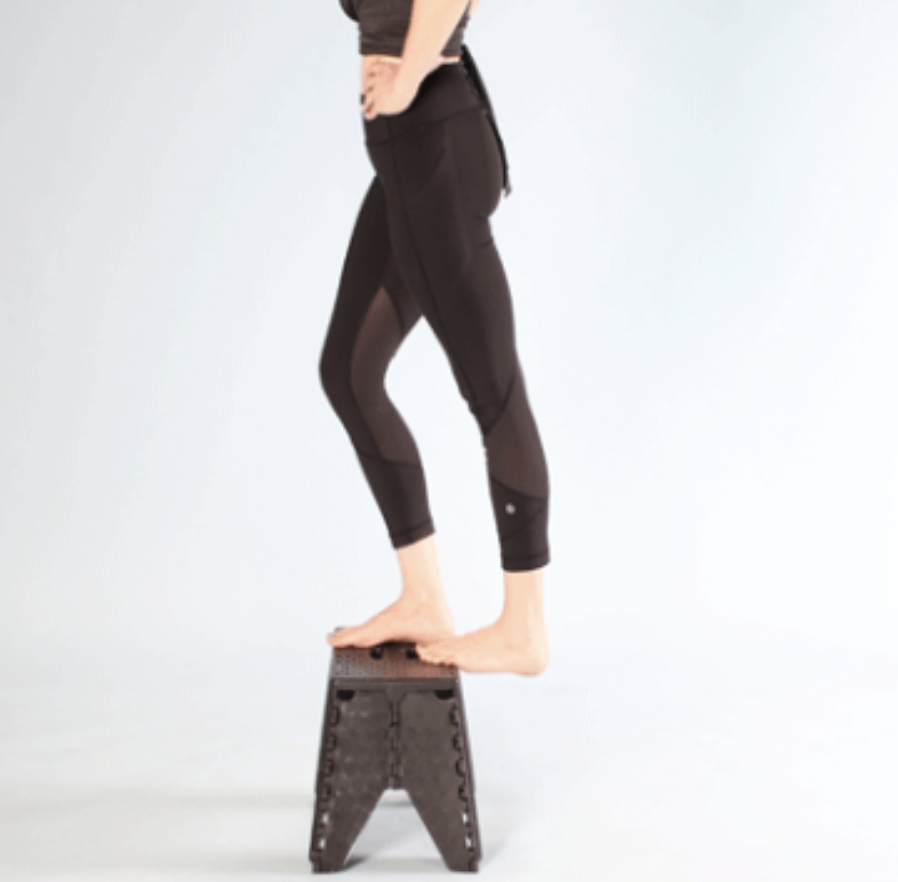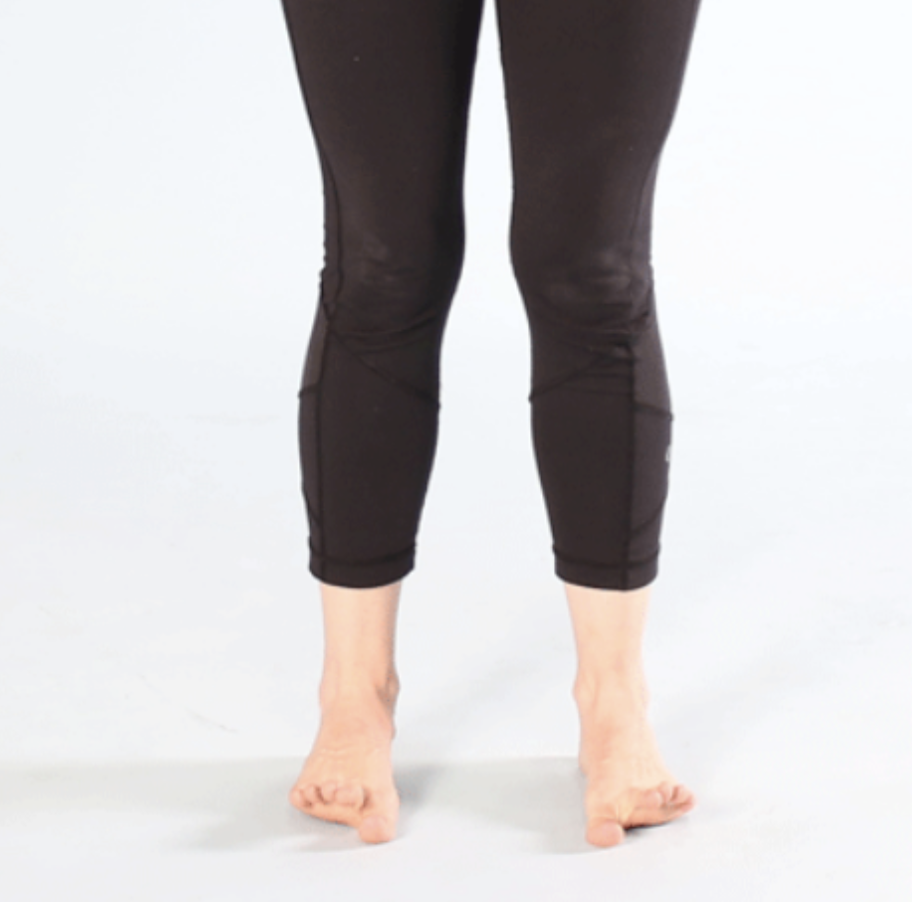- Customized Fit +
- Technology +
- Company +
Do you ever wonder why some people’s feet seem to roll inward too much when they walk or run, while others barely seem to roll at all? This phenomenon is known as pronation, and it plays a crucial role in how we move. But when pronation becomes excessive or insufficient, it can lead to problems with our feet and even affect our entire body. Let’s Break It Down.
Pronation is a natural movement of the foot that occurs during walking or running. It involves the inward rolling motion of the foot as it makes contact with the ground. This movement helps distribute the forces of impact and adapt to different surfaces.
Overpronation happens when the foot rolls inward excessively during the gait cycle. This can cause the arch of the foot to collapse too much, leading to excessive stress on the ligaments and tendons that support the foot. Over time, this may result in various foot problems such as Plantar Fasciitis, Shin Splints, Heel Spurs or even knee and hip pain. People with a low arch or “flat feet” often overpronate.
On the opposite end of the spectrum, underpronation, also known as supination, occurs when the foot rolls outward insufficiently during the gait cycle. This can result in inadequate shock absorption, leading to increased pressure on certain areas of the foot and lower leg.
In conclusion, understanding your pronation type – whether it’s overpronation, underpronation, or neutral pronation – is essential for maintaining healthy feet and preventing injuries.
By recognizing the signs and implementing appropriate interventions, you can support your feet and enjoy a more comfortable and active lifestyle. If you’re unsure about your pronation pattern or experiencing persistent foot pain, reach out to FeetTech for a thorough examination and analysis of your feet for personalized guidance and a treatment plan.
Exercises for overpronation focus on strengthening the muscles of the feet and lower legs to improve alignment and support.
Read more about the recommended exercises that can help correct overpronation, alleviate associated discomfort, and prevent further foot and lower limb issues.





Overcome foot disorders with a 100% CUSTOMIZED 3D PRINTED INSOLES that will perfect your motion and provide unparalleled support and relief for every step you take.
Stay updated on foot health matters, FeetTech’s most recent innovations, newsletter and special offers.
(786) 314 9094
Hours:
Monday-Saturday
10:00 am – 6:00 pm EST